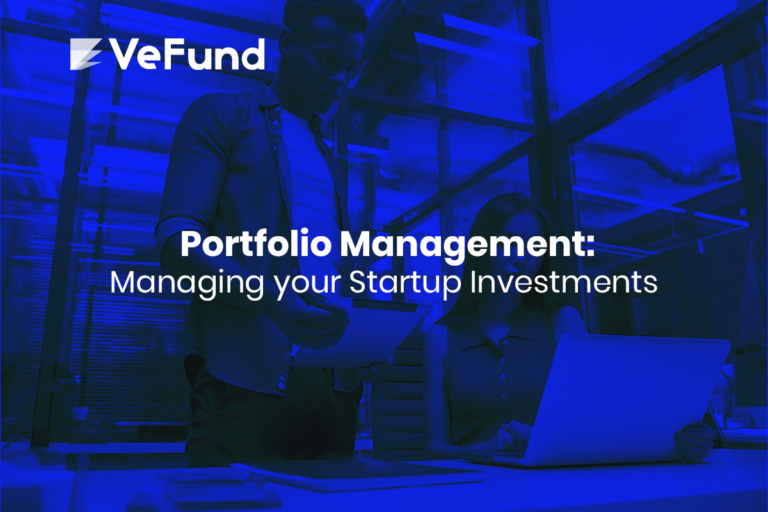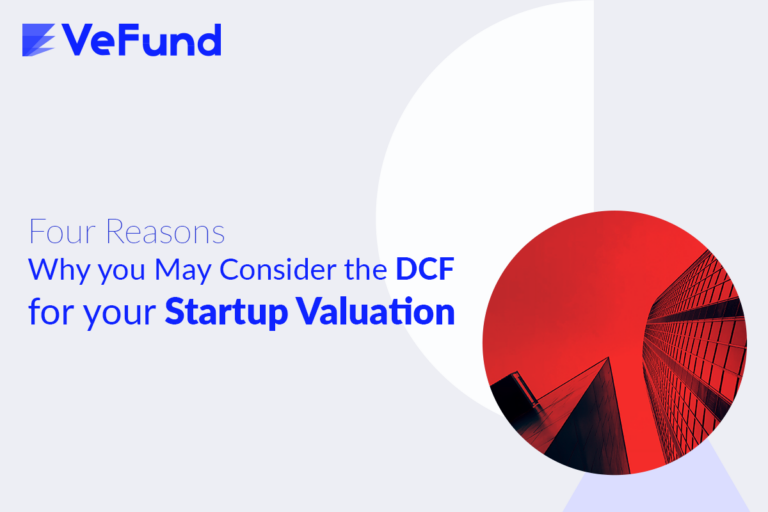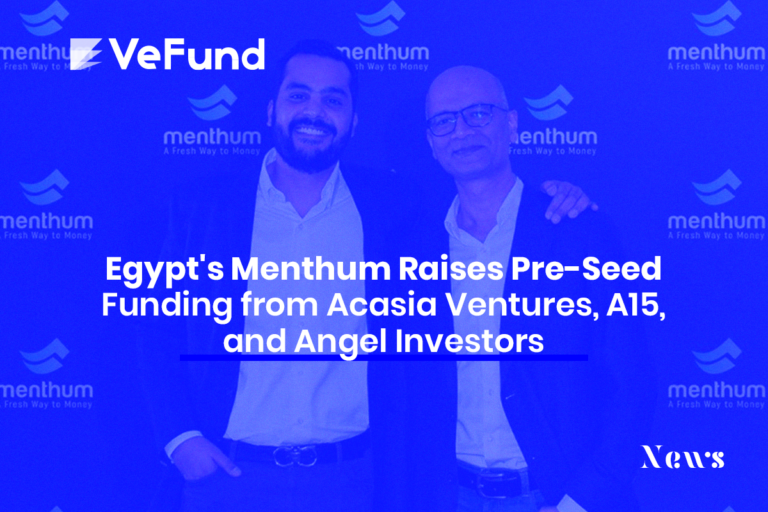The Traction Hierarchy: What Matters Most to Investors
For any startup founder, demonstrating traction is a critical part of the fundraising process. Traction is the initial progress of a startup and the momentum it builds as it grows. It’s a clear indicator that your product or service is viable, that you’ve found some level of product/market fit, you’re getting attention from your target audience, and you’re growing your brand. This progress is often one of the most looked at sections of a pitch deck when pitching to investors. Demonstrating strong traction can provide evidence of market demand and potential growth, making your startup more appealing to investors.
In this article, we present a ranked list of traction indicators, providing a guide for founders on what to emphasize when pitching to investors. We’ve created a hierarchy of these indicators, helping you understand what matters most to investors. This guide aims to equip you with the knowledge to effectively communicate your startup’s traction, thereby increasing your chances of securing funding.
Navigating the Traction Hierarchy: A Founder’s Guide
At VeFund, we work closely with both founders and investors, giving us a unique perspective on what each side is looking for. We’ve used this insight to create the Traction Hierarchy—a ranked list of traction indicators that investors care about most. In the Traction Hierarchy, indicators higher up the list should take precedence in your pitch compared to those lower down.
This list is a general guide, and not every indicator will be applicable to every startup. Your task as a founder is to identify the indicators that are most relevant to your startup. Once you’ve done that, these are the metrics you should focus on showcasing to investors—as long as they’re in a good state.
If an indicator isn’t showing your startup in the best light, don’t worry. Instead, consider this as an area for improvement and make it a short to mid-term goal. In the meantime, move on to the next most relevant indicator on the list.
Remember, the goal isn’t just to impress investors with your current traction, but also to show them that you’re aware of your startup’s areas for improvement and that you have a plan to address them. This can go a long way in building investor confidence and securing the funding you need to grow your startup.
The Traction Hierarchy: Prioritizing Your Startup’s Progress Metrics
1. Revenue: The most powerful indicator of traction is significant revenue generation. It’s the best way to show investors that customers are willing to pay for your product or service. Focus on the closest metric to net revenue, not gross merchandise value (GMV) for instance.
2. User Growth: Rapid growth in your user or customer base shows that your market is expanding. Prioritize metrics that are closest to generating cash. For example, growth in paying users is more impactful than growth in total users.
3. Customer Retention: High customer retention rates and repeat business indicate that you’re not only acquiring users, but also keeping them. This is a strong sign that you’re close to achieving product-market fit.
4. Paid Pre-orders: A significant number of paid pre-orders can demonstrate strong demand and anticipation for your product or service.
5. Customer Testimonials and Positive NPS Score: Positive feedback from satisfied customers and a high Net Promoter Score (NPS) can be powerful indicators of traction. They show that customers have confidence in your product, which can increase investors’ confidence in your startup.
6. Partnerships: Strategic partnerships, especially with well-known entities, can lend credibility to your startup and demonstrate that other businesses see value in what you’re doing.
7. Press Coverage: Positive press coverage can increase your startup’s visibility and credibility. It shows that your startup and its founders are trusted and respected in the industry.
8. Awards or Recognitions: If your startup or product has received any awards or recognitions, this can lend credibility and demonstrate industry acknowledgment of your work.
9. Waitlist: A long waitlist, even if not paid, can demonstrate interest and potential demand for your product. If you’re raising funds before launching your product, a waitlist could be a game-changer in convincing investors.
10. Key Hires: Attracting experienced talent or industry leaders to your team demonstrates that people with insider knowledge believe in your product and its potential.
11. Successful Pilots or Case Studies: Conducted pilot programs or case studies showing the success of your product or service serve as strong evidence of traction.
12. Social Media Engagement: A growing and engaged social media following can demonstrate traction, but it’s often seen as a less direct indicator. It’s more about showing that you’re building a community around your product or service.
13. Website Traffic: Increasing website traffic can indicate interest in your startup, but it’s often seen as a less direct indicator of product-market fit. It’s more about showing that people are interested in learning more about your startup.
Final Thoughts
Understanding and effectively communicating your startup’s traction is a critical part of the fundraising process. It’s about more than just numbers—it’s about telling a compelling narrative of your startup’s progress and potential. Remember, every startup is unique, and the indicators that best reflect your traction will depend on your specific business model and industry.
As you prepare your pitch deck and meet with investors, keep this traction hierarchy in mind. Use it as a guide to help you focus on the most impactful metrics and present them in a way that resonates with investors. And remember, even if some indicators aren’t in the best shape right now, they can still serve as valuable goals for your startup’s future growth.
At VeFund, we’re here to support you on your fundraising journey. If you’re looking for investors, we invite you to build your data room with us and apply to our active investors. We’ve also made the valuation process easy with our automated valuation calculator. Try it out and get an instant valuation for your startup. We’re excited to see where your startup journey takes you!







